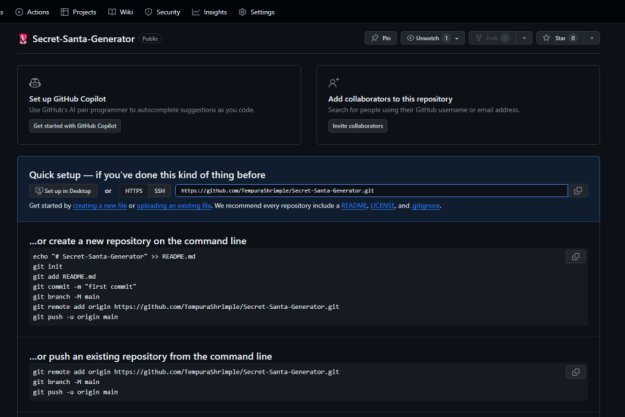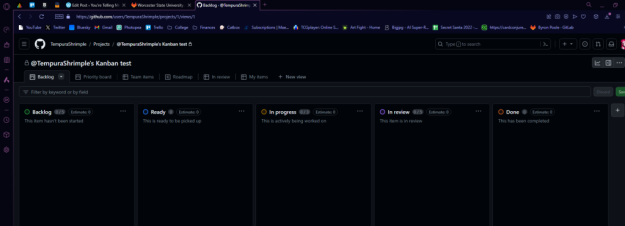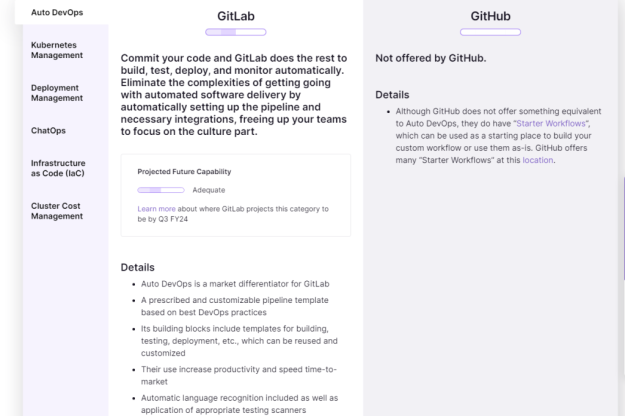Source: https://about.gitlab.com/topics/version-control/what-is-code-review/
This article is titled “What is a code review?” As clearly stated by the title, the article explains the processes of code reviewing. “A code review is a peer review of code that helps developers ensure or improve the code quality before they merge and ship it.” Code reviews help in the identification of bugs, increase the overall quality of code, and enhance understanding of the source code. Code review, as suggested in the name, happens after a software developer has finished coding. Code needs to be checked before it is merged into an upstream branch for bugs or conflicts. A code reviewer “can be from any team or group as long as they’re a domain expert. If the lines of code cover more than one domain, two experts should review the code.” Adhering to a solid code review process allows for continuous improvement of code and aims to ensure that faulty code isn’t being implemented for customers/users to see and use. This process isn’t just important for the code itself, but also for all of the team members of a software development project. Whilst reviewing the code, meaningful knowledge of the source code is shared between team members to ensure that it is being implemented properly. The main benefits of the code review process are: the sharing of knowledge, discovering bugs earlier, maintaining compliance, enhancing security, increasing collaboration, and improving code quality. Code reviews allow for maintaining compliance because different developers have different backgrounds and thus different personal processes when they are developing. Code reviews allow these people to get together and maintain a standard coding style. Security is enhanced because “security team members can review code for vulnerabilities and alert developers to the threat. Code reviews are a great complement to automated scans and tests that detect security vulnerabilities.” There are many benefits to code review, but there are some disadvantages, including: longer time to ship, focuses being pulled from other tasks, and large reviews mean longer review times. These can be described as necessary evils due to the sheer amount of positives that code reviews offer in software development.
I chose this article because it was published by GitLab, a software that we are heavily using in class for version control, and I thought that it would be interesting to read this specific topic from the syllabus. Version control softwares such as GitLab allow code reviews to happen, so diving deeper into the topic in an article published by this popular software company was tempting. Before reading this article I understood that code reviews were important to pinpoint any bugs or difficulties before merging code into the upstream, but I never really thought about the implications of security or different development styles. I’ll definitely keep this information in mind during future code reviews on the job to remind myself that bugs aren’t the only important thing during a code review.
From the blog CS@Worcester – Shawn In Tech by Shawn Budzinski and used with permission of the author. All other rights reserved by the author.






